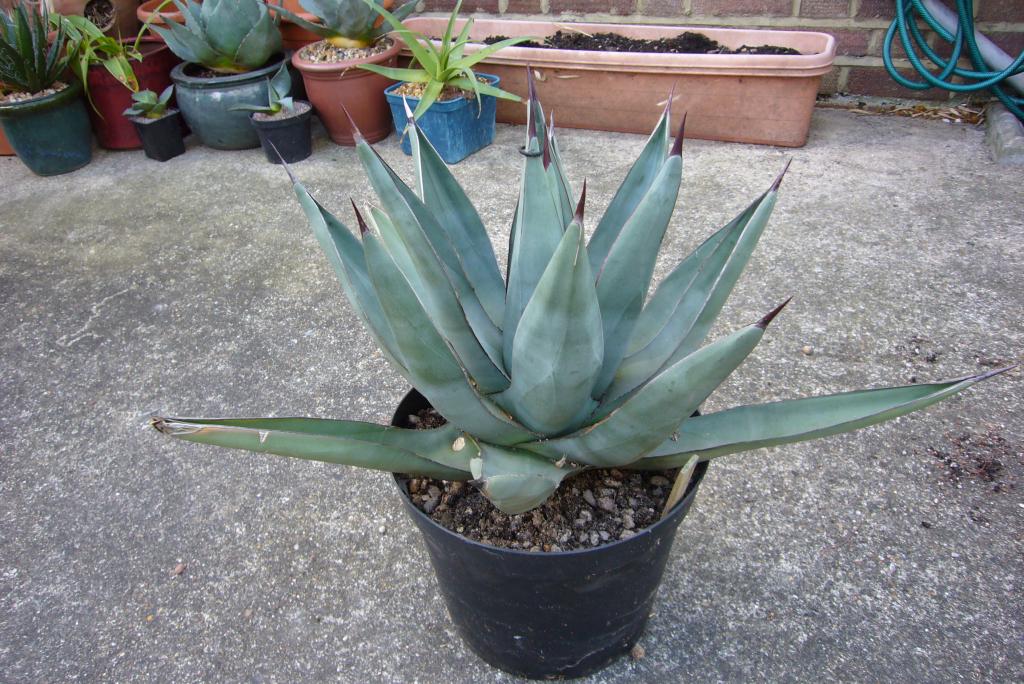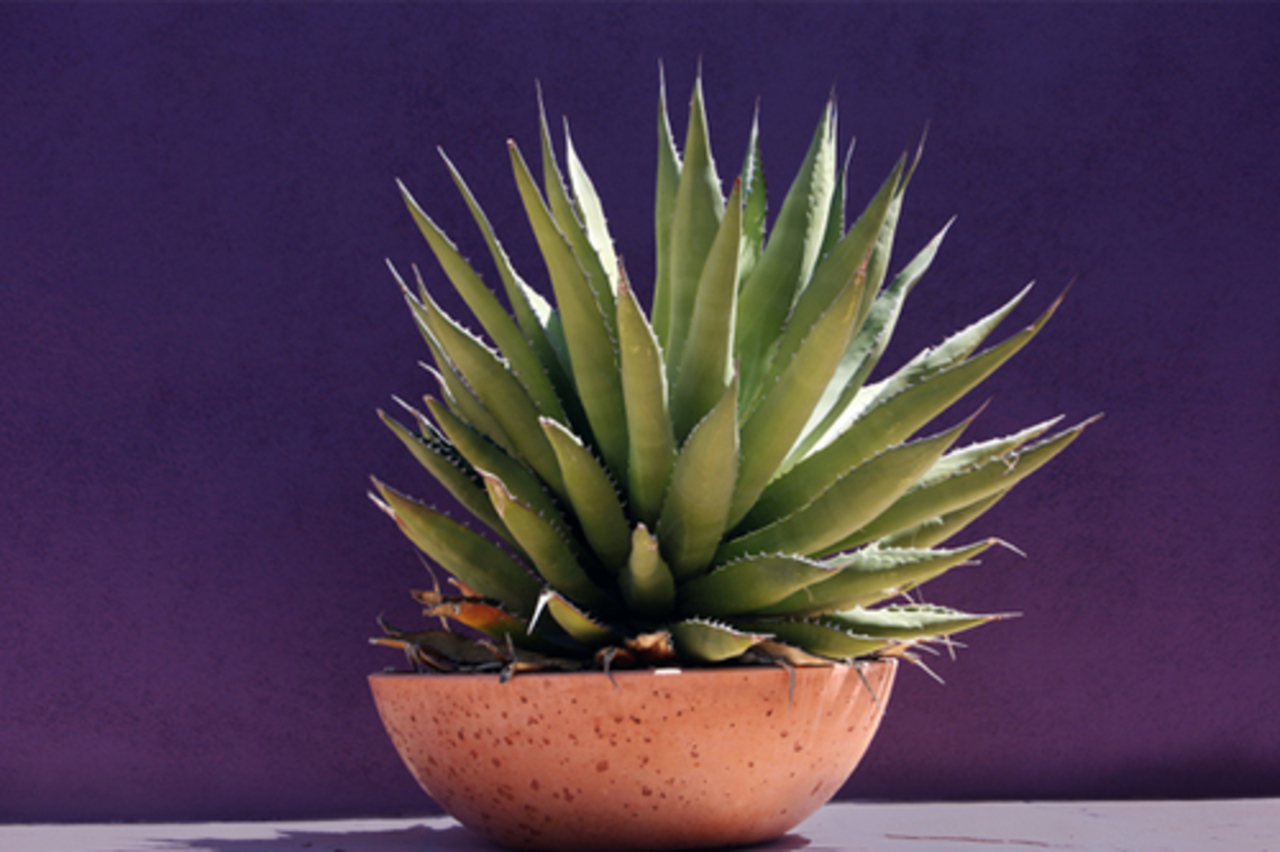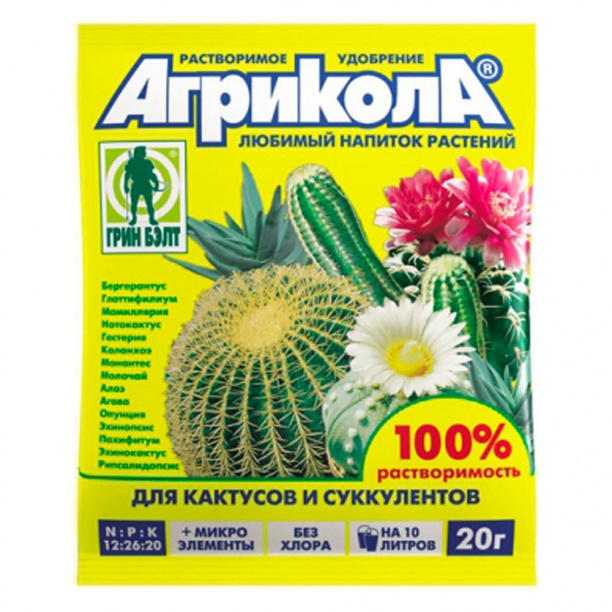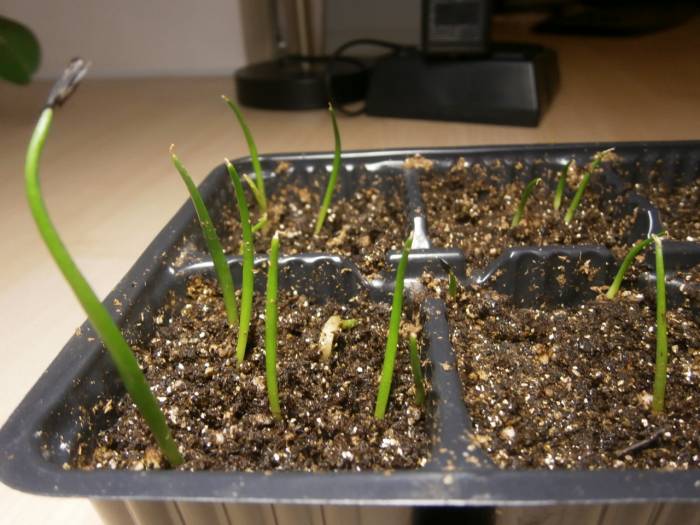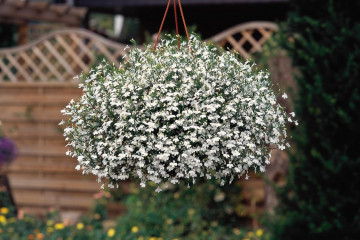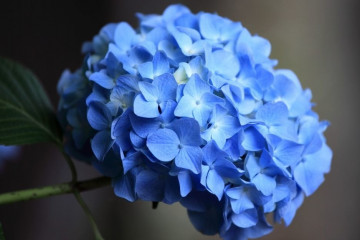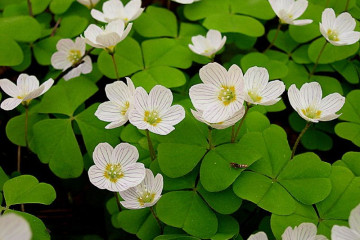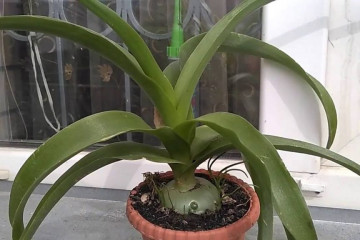Blue agave - what is it
Content:
Lovers of the exotic, with large free spaces, can grow a large, juicy, emerald-blue plant - blue agave, from the pulp of which tequila is produced in Mexico.
Blue agave is a cactus or not
Due to the thorny leaves and sharp thorns of the plant, many believe that agave is a cactus. But this is not the case. Blue agave - what is it? The plant is one of over 300 species of agave. It belongs to the genus Evergreen stemless family Agave. Neither cacti nor aloe, which agave is very similar to, it has nothing to do.
A short description of what the flower looks like
Naturally, blue agave is grown in Mexico. This is a large plant with elongated arrow-shaped fleshy leaves up to 2 m long. After 5 years, agave produces a peduncle 5-10 m high, at the end of which beautiful bright yellow flowers bloom. Local bats pollinate them at night. After flowering, several thousand seeds are formed, and the plant itself dies.
Tequila requires a plant at the age of 8-12 years, so the locals cut down the flower stalks, preventing them from growing and blooming in order to keep the agave strong for further growth. The cut off shoots are immediately stuck into the ground, and a new flower grows out of them.
At home, the culture grows less, but not much - the length of the leaves can reach 1 meter. The edges of the leaves are covered with thorns, and there is a long and sharp needle at the tip of the leaf. Therefore, the place where the pot will be located must be spacious and protected from children and animals. A hard needle at the end of the sheet is cut for safety. This does not harm the plant. The leaves of agava blue are thick and juicy, covered with a waxy coating of a smoky blue color.
Using blue agave
Otherwise, the blue agave is called the tequila lily (Agáve tequilána), because the famous drink is made from this plant. For the preparation of Mexican vodka, agave has been grown for 12 years. Only the middle from which the leaves grow is suitable for use, but this compaction can reach up to 90 kg in weight. All other parts (leaves, roots and peduncles) are chopped off, and the core is sent for processing to produce tequila.
Home care for blue agave
Blue agave grows in dry, hot climates, at an altitude of more than 1500 m, so when grown at home, you will need to create a favorable climate for it.
Illumination and temperature conditions
The flower is light-loving and requires a long daylight hours, and in the spring-autumn period, when the sun is not enough, it needs additional lighting. In this case, direct sunlight is not necessary. In summer, if possible, the flower is taken out into the street, in the garden or on the balcony.
Succulent fruit cannot be frightened by any heat, it is a thermophilic plant. In winter, the flower should be kept in a winter garden or on a veranda with an air temperature of + 10 ... +12 degrees. Moreover, he needs lighting for at least 16 hours.
Watering rules and humidity
The plant needs dry, warm air. It does not need spraying, on the contrary, if moisture enters the leaf outlet, the plant can get sick. Leaves are wiped from dust with a damp sponge. The flower will not refuse airing and it is also not afraid of drafts.
Water the agave as the earthen coma dries. Agave rots and dies from high humidity in the soil or air. In winter, water the plant sparingly, once a month. Water for irrigation is taken standing or thawed, and always at room temperature.
Top dressing and soil quality
The plant is undemanding to the soil, since under natural conditions agave grows in clay-sandy soils and feels great. The most important thing is to pour good drainage into the pot so that the moisture does not stagnate in any way. Any material is suitable for this (expanded clay, crushed stone, broken brick and even crushed foam).
As a top dressing, you can use a universal fertilizer for succulents, but you need to use it not according to the instructions, but diluted at least 2 times. The plant needs feeding only in the summer, during the growth period. Fertilize it no more than 2-3 times a month.
Perennial flowering and dormant period
Agave cactus blooms at home very rarely, almost never. Succulent flowering can only be seen in botanical gardens, in which this event is also not common. Indoor agave can bloom for 15-20 years of life. After flowering, it slowly dies, leaving thousands of seeds. But the flower is very spectacular in the form of a tall panicle covered with bright yellow, funnel-shaped flowers.
The dormant period for agave begins in winter, when it needs a low temperature, rare watering (once a month) and lack of fertilizers. Only lighting at this time cannot be reduced by adding artificial light without fail.
Propagation of Mexican agave
Breeding a blue Mexican agave at home is not difficult. For this, several methods are used.
Seeds
Succulent seeds have excellent germination. You can sow them at any time of the year, but the optimal period will be from late February to early March. To grow a seedling from seeds, you must:
- Prepare a container with a lid and fill it with a peat-sand mixture.
- Sow seeds to a depth of 0.5 cm.
- Provide a stable temperature for seedlings - + 22 ... +25 degrees.
- Ventilate the container with fragile sprouts that have appeared a week later.
After 3 weeks, the first leaf will appear on the sprout, after another 3 weeks - the second. After about 3.5-4 months, the seedling will have 3-4 leaves up to 4 cm in length and developed lateral roots, then it can be transplanted into a new pot.
Children
The easiest breeding method is by children. Agave releases them every year.
The mother plant is removed from the pot, the daughter processes are carefully separated and left for 2-3 hours. The cut must dry out, otherwise it can rot without taking root. The mother plant is returned to the pot at this time.Children are planted in soil or wet sand and left there for 3 days. After that, the seedling can be watered.
The jigging of children can be carried out at any warm season. At first, the pot with a seedling is not recommended to be exposed to the sun, the optimal place is a window facing east.
Sheet
Agave can be propagated by leaf in the same way. The sheet is broken off at the base, left to dry. You can sprinkle it with ash. After 2-3 hours, the leaf is inserted into the soil, where it will start up the first roots in 2-3 weeks. Rooting does not occur in the water of agave leaves, they begin to rot from excess moisture.
Peduncle
Under natural conditions, on agave plantations, the plant is propagated by peduncles, cutting down a palm tree at the base and sticking it immediately into the ground. Since at home, the flower almost never starts up peduncles, so it is better to use the methods described above.
Growing problems, diseases and pests
Despite the fact that blue agave is an unpretentious plant and tolerates any conditions, except for an excess of moisture, some problems may still arise when growing it at home:
- The plant is frozen and does not grow. Perhaps the plant does not have enough space or the soil does not suit it. Try replacing the pot with a larger one, filling it with suitable soil, and moving it to a larger room.
- The leaves have become small, and the plant has become elongated. This means that the agave lacks light. It is necessary to install additional lighting with a fluorescent lamp.
- The stem or root has begun to rot. If this happens in winter, the plant is cold, or the humidity of the air and soil is high. Exhaustion can also occur due to too high temperatures during the winter. It is necessary to stop watering and rearrange the agave in a dry room with a temperature of + 8 ... +10 degrees. In the summer, decay is possible with waterlogged soil due to lack of drainage. In this case, the plant is transplanted into another pot with special holes, filled with drainage by 1/3 and the watering regime is observed.
Diseases and pests
Blue agave has low immunity to fungal diseases and pests. With an excess of moisture, the flower begins to rot, and both the leaves and the root system are covered with brown and black spots.
Among the pests that infect the agave cactus, the larvae of the weevil beetle, as well as the scale insect and thrips, are especially harmful. The plant needs to create favorable conditions, control the humidity in the room and soil in the pot, and check the condition of the flower. When signs of disease or pests are detected, the agave is transplanted into decontaminated soil, after being pretreated with insecticides and fungicides.
Blue agave is an exotic and powerful plant that requires little maintenance. The only difficulty can cause the creation of conditions for wintering, when the plant requires low temperatures in the room, but it needs a long day of light. Agave is very easy to propagate, so you can quickly create your own Mexican corner.
